Is this Ferrule Cracked? Maybe a Little Bondo Wood Filler? ***Update***
Saturday night bummer.
Down on the shot, low-inside draw for position off the rail....stroke through the cue ball and SNAP, shards of wood and in a cloud of chalk dust, my cue exploded.
Maybe I should lay off the HGH-the Barry Bonds method doesn't jive with billiards.
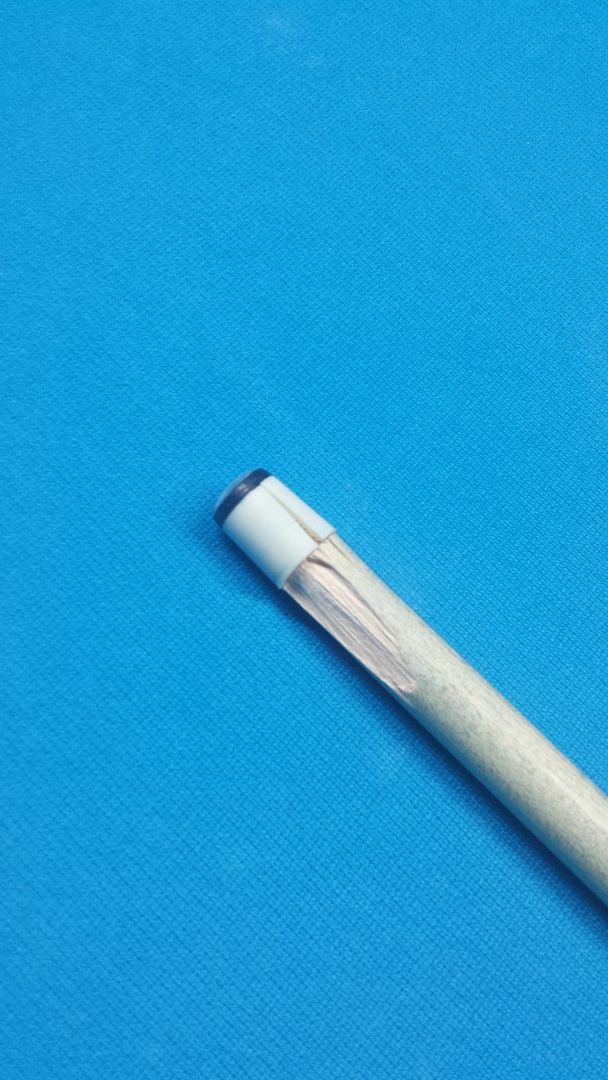
Ok, in all seriousness, has anyone ever seen a ferrule crack in three places before? I can honestly say, there wasn't the slightest hint of damage before the break, not a scratch or hairline fracture. Also, I never used the shaft for breaking or jumping.
Crack one:
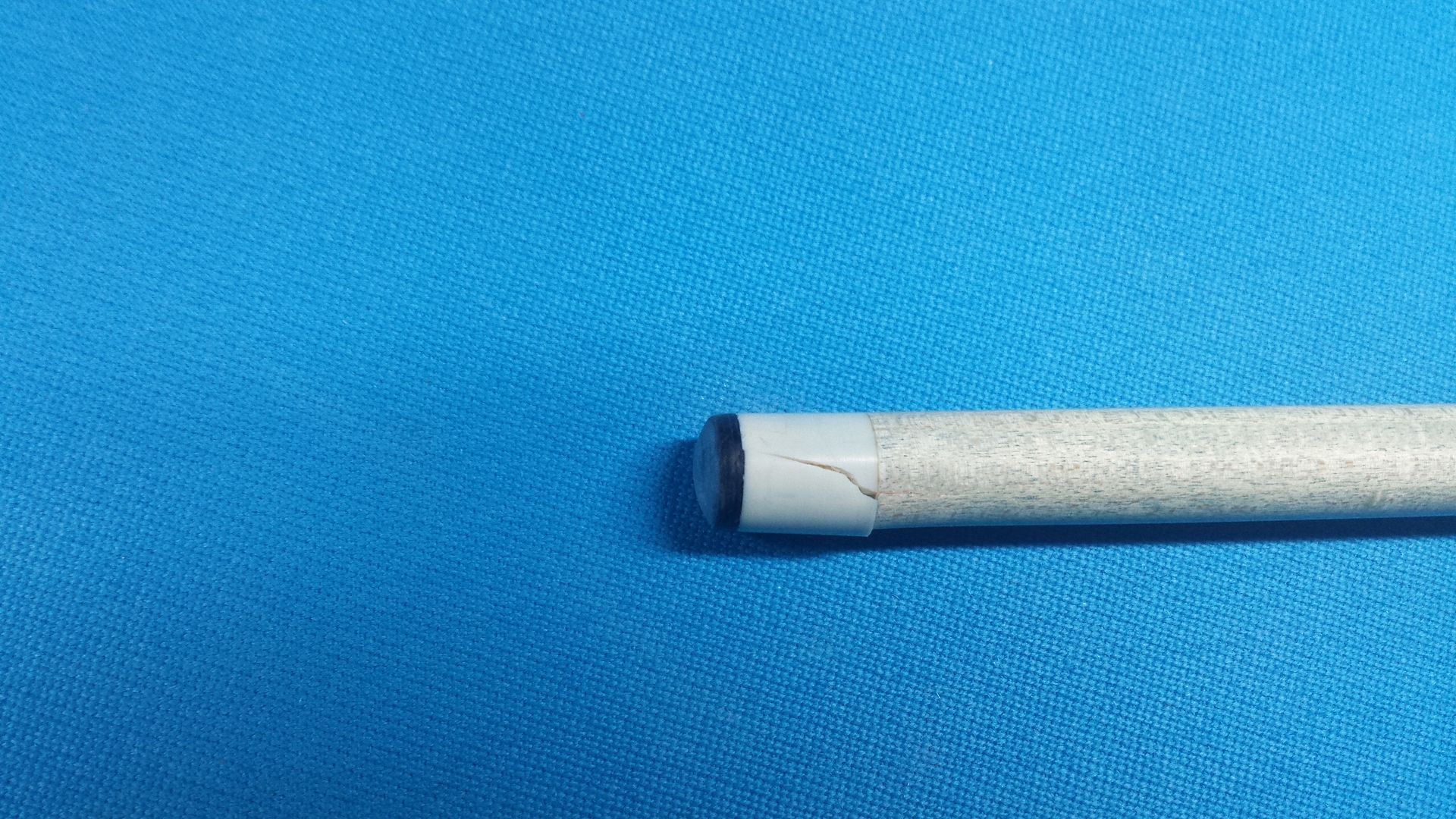
Crack 2:
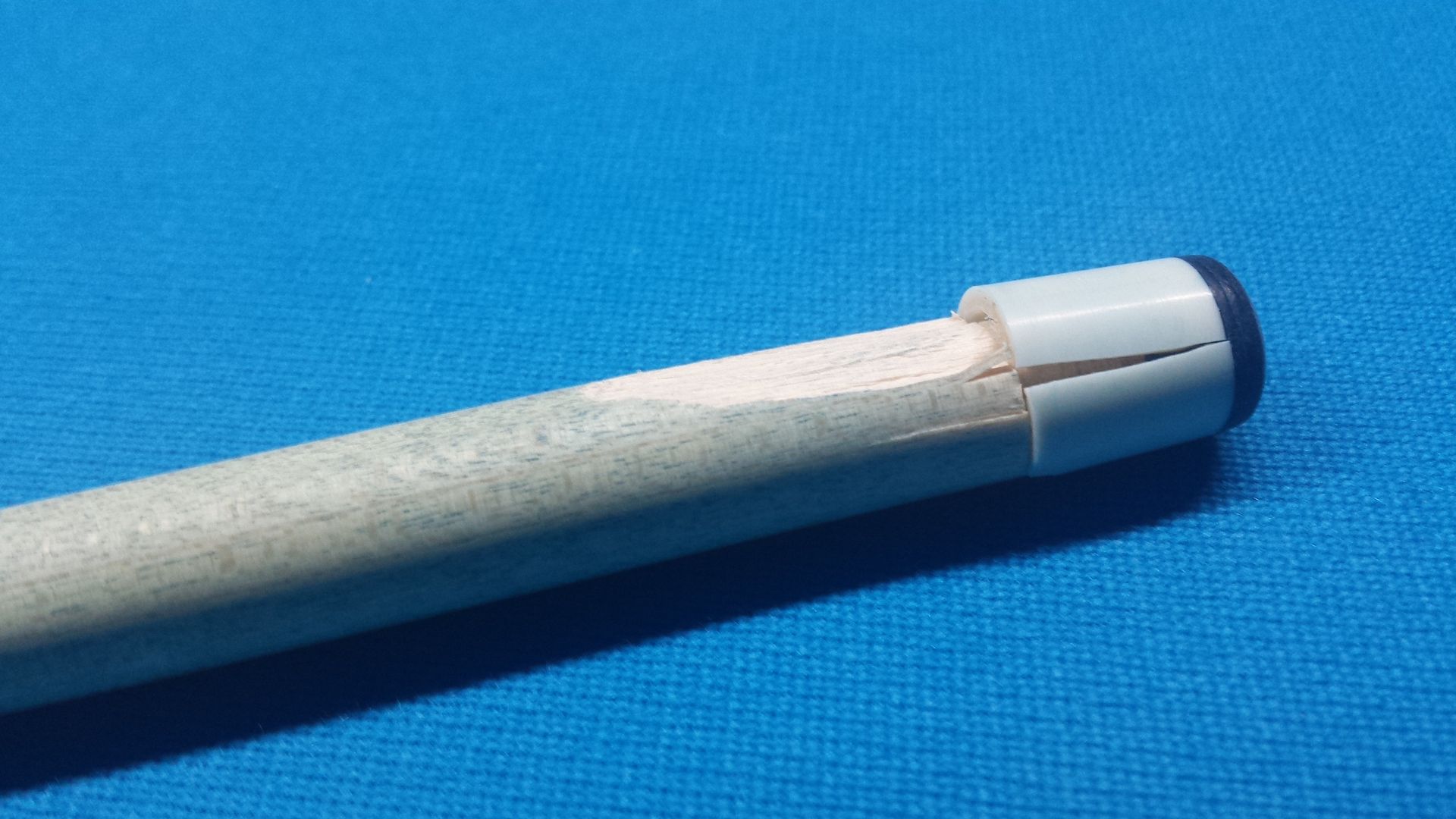
Crack 3:

Now this was the punch to the gut.
The shaft is a Longoni S2 that I ordered and received in June of 2015. I've been playing with a Longoni since 2014, taken down from 12.8mm to 12.25mm. I was so happy with the 2014 shaft, I ordered a second one with a Kamui Black Medium tip installed, had a pro cue maker take it down to 12.25mm. I logged 143 hours with this shaft since July 2015.
Because I had the shaft modified, the warranty was voided. Expensive lesson.
So now I'm back to my 2014 shaft, but I have to admit, I'm super paranoid about letting the stroke out.
Anyone else had this happen? Catastrophic ferrule failure? Exploding wood?
*************UPDATE UPDATE UPDATE************
11/17/2015
Just got back from the autopsy investigation, here are the photos:

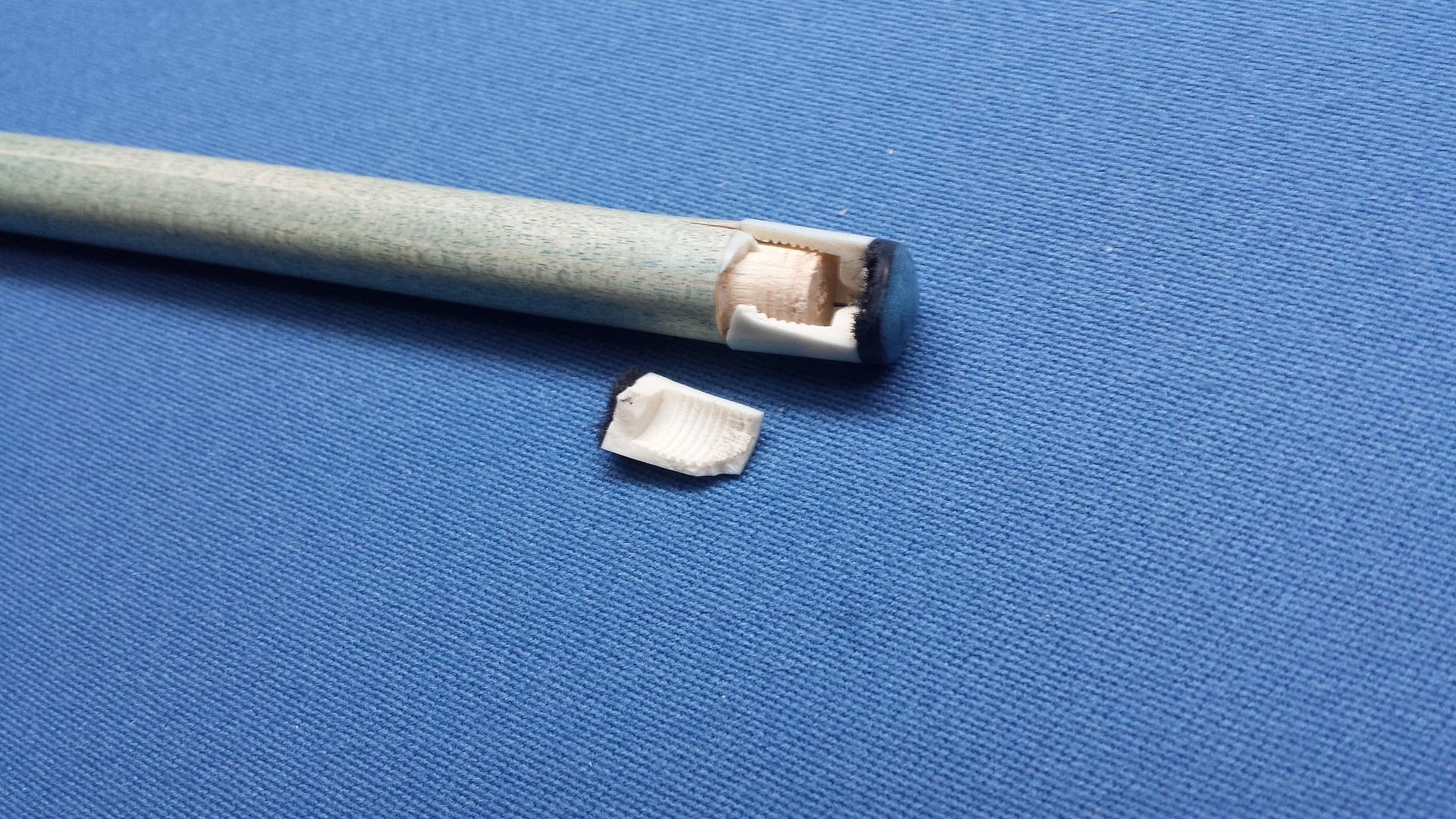
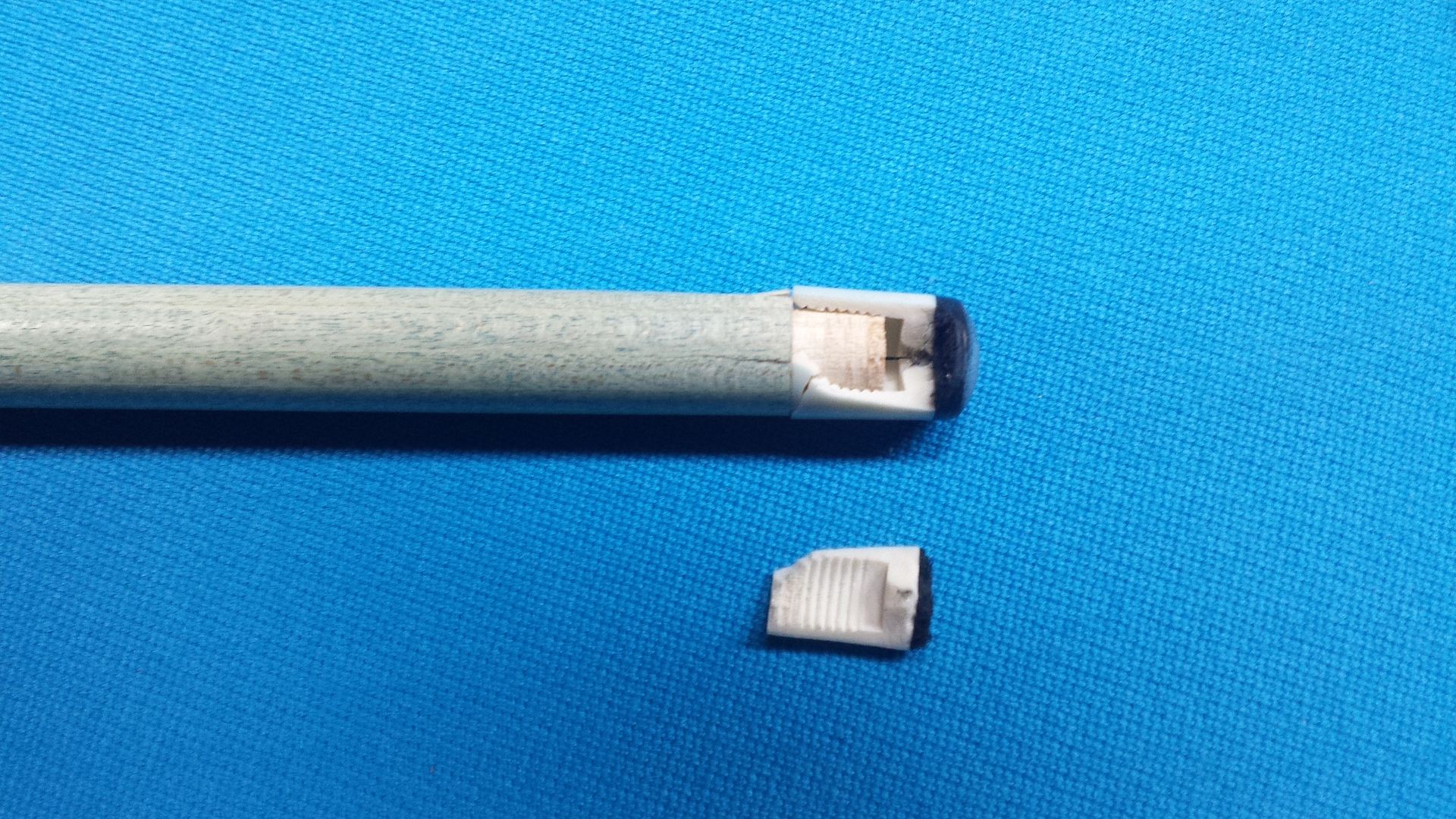
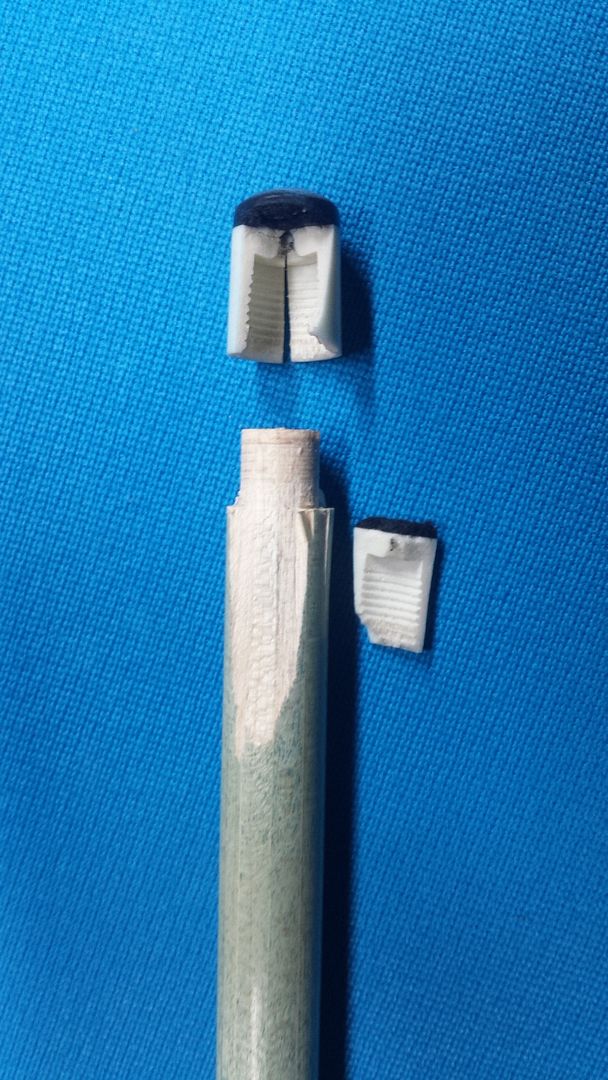
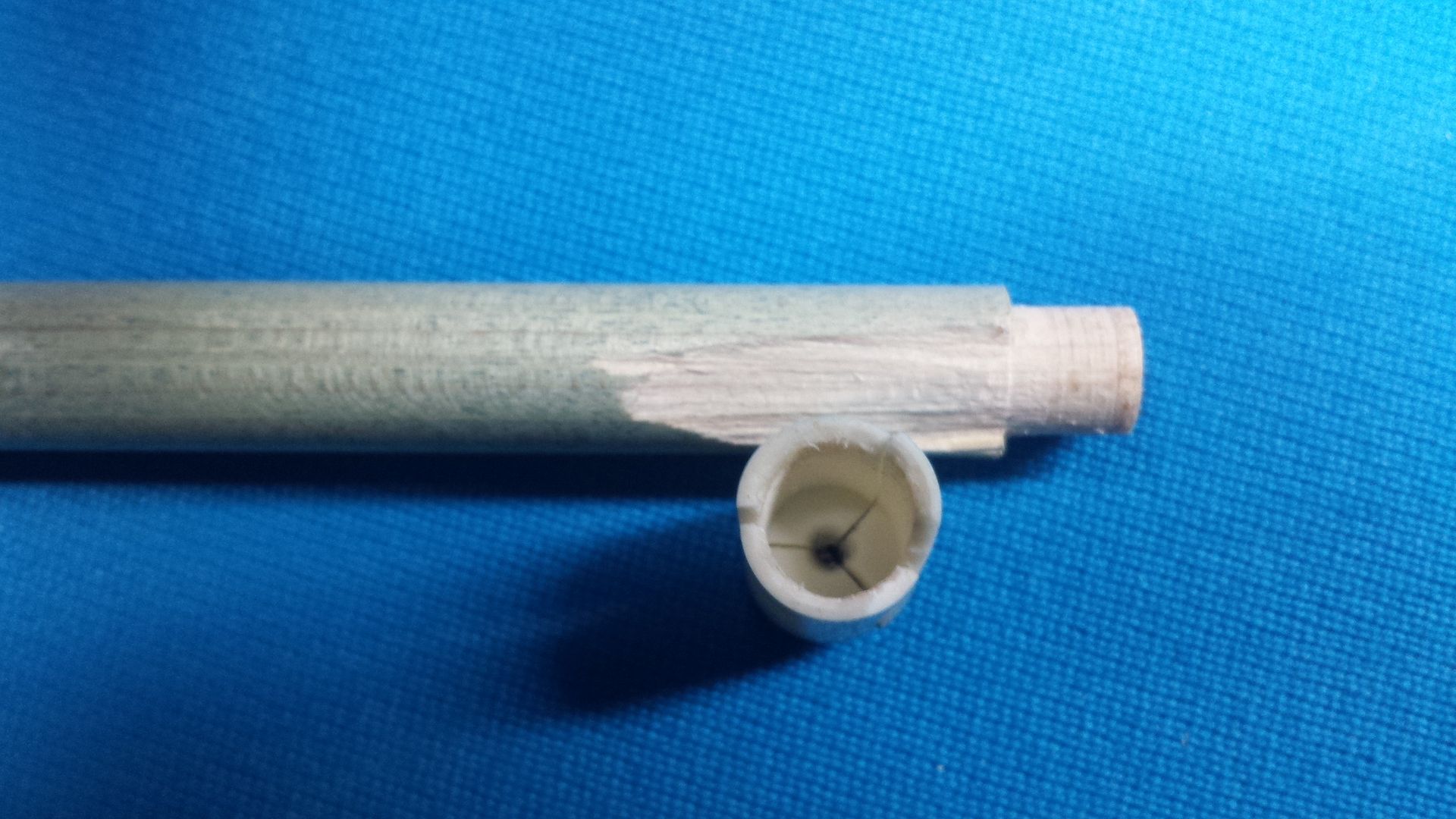
Update:
I took the shaft over to Dan Dishaw's shop and had his professional take on the situation. Upon removing the broken ferrule, Dan.saw right away that there was quite a void between the wooden tenon and the cap of the ferrule.
Also, in that void there was not a trace of glue/epoxy that would be used top bond the ferrule to the wood.
Also, the ferrule itself was threaded, yet tenon was smooth. The only place glue can be found was on the shoulder of the shaft and the very base threads of the ferrule. Like MSchaffer stated in a previous post, all the force was going onto the shoulder of the shaft and caused the failure.
Especially on a power draw shot, where all the force would be on the upper part of the tip and shaft, which explains the shattered wood from the top end of the cue.
In Mr. Dishaw's professional opinion, this was bad craftsmanship on the part of Longoni.
The next step is to bring this to the attention of Longoni.
Saturday night bummer.
Down on the shot, low-inside draw for position off the rail....stroke through the cue ball and SNAP, shards of wood and in a cloud of chalk dust, my cue exploded.
Maybe I should lay off the HGH-the Barry Bonds method doesn't jive with billiards.

Ok, in all seriousness, has anyone ever seen a ferrule crack in three places before? I can honestly say, there wasn't the slightest hint of damage before the break, not a scratch or hairline fracture. Also, I never used the shaft for breaking or jumping.
Crack one:

Crack 2:

Crack 3:

Now this was the punch to the gut.
The shaft is a Longoni S2 that I ordered and received in June of 2015. I've been playing with a Longoni since 2014, taken down from 12.8mm to 12.25mm. I was so happy with the 2014 shaft, I ordered a second one with a Kamui Black Medium tip installed, had a pro cue maker take it down to 12.25mm. I logged 143 hours with this shaft since July 2015.
Because I had the shaft modified, the warranty was voided. Expensive lesson.
So now I'm back to my 2014 shaft, but I have to admit, I'm super paranoid about letting the stroke out.
Anyone else had this happen? Catastrophic ferrule failure? Exploding wood?
*************UPDATE UPDATE UPDATE************
11/17/2015
Just got back from the autopsy investigation, here are the photos:





Update:
I took the shaft over to Dan Dishaw's shop and had his professional take on the situation. Upon removing the broken ferrule, Dan.saw right away that there was quite a void between the wooden tenon and the cap of the ferrule.
Also, in that void there was not a trace of glue/epoxy that would be used top bond the ferrule to the wood.
Also, the ferrule itself was threaded, yet tenon was smooth. The only place glue can be found was on the shoulder of the shaft and the very base threads of the ferrule. Like MSchaffer stated in a previous post, all the force was going onto the shoulder of the shaft and caused the failure.
Especially on a power draw shot, where all the force would be on the upper part of the tip and shaft, which explains the shattered wood from the top end of the cue.
In Mr. Dishaw's professional opinion, this was bad craftsmanship on the part of Longoni.
The next step is to bring this to the attention of Longoni.
Last edited: